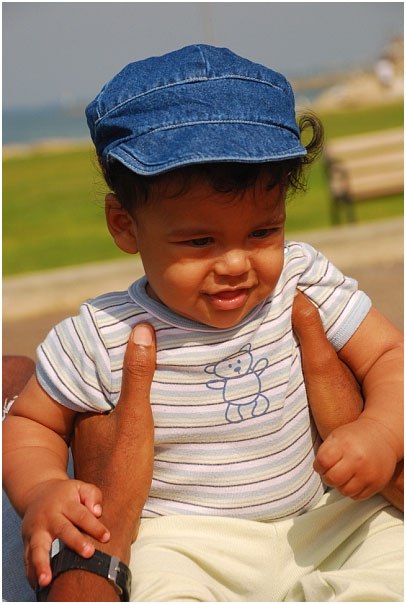
When children are born, their parents are typically concerned for their safety. People spend a fortune making sure their children use the safest beds, the safest car seat and safest stroller. This is very natural and very important. For some reason, when the same parents’ relationship breaks down and they separate, the importance of their kids’ physical and emotional safety is often neglected.
Why?
Because once they separate, the decision-making process about the children is divided. Unfortunately, in some cases, parents’ separation means that one parent raises the kids and the other poses a risk to their safety. In other cases, the conflict between the parents puts the kids’ emotional, and sometimes physical, wellbeing at risk. In severe cases, both parents are a risk to their children’s safety and there is a need to remove them from their home completely.
My sister is a social worker in a special unit that takes kids away from their family and puts them in foster care. This always happens because the emotional and/or physical safety of the child is at risk and none of the parents is able to keep them safe. My sister claims that this just moves the kids from one unsafe place to another unsafe place. Unlike Cinderella’s fairy tale, their stories never end in living happily ever after. Instead, stepparents and foster parents struggle greatly to supply a safe environment for the children.















